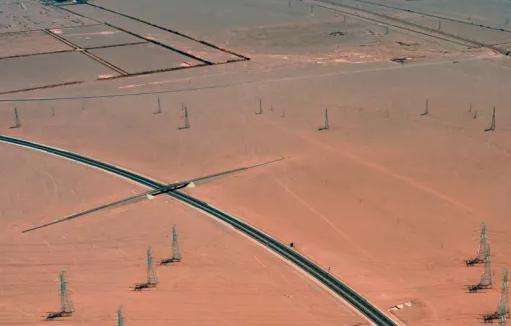Diagram of Generator Working Principle:
Generator Working Principle:
In simple terms, it converts other forms of energy into electrical energy . The rotation of the generator rotor is. caused by Driven by other energy, the rotor rotates in the magnetic field of the stator and the rotor (closed circuit) is affected by the magnetic field of the stator, thereby generating current.
In the generator, the magnet pushes the electrons from the conductor forward.
In the electric motor, the electrons in the metal push the magnet forward.
In an electric heater, electrons strike the electrical device, causing the atoms to shake, causing the temperature to increase.
Many people know about motors and electric motors, but do you know the difference between them?
1. Similarities between the two
1 The structure is the same. They are allcomposed of coils, magnets, commutators and brushes.
2. The component interface method is the same. Each component is connected in series to form a power circuit.
3. They are all affected by the direction of the magnetic field. The direction of the current generated in the generator is related to the direction of the magnetic field; is linked to the direction of the magnetic field.
2. Differences between the two
1. The principles are different. The generator is manufactured based on the magnetic effect of electric current; the motor is based on the principle of the carrying movement of a live conductor in an electromagnetic field.
2. The identification methods are different. The right-hand rule is used to determine the direction of current in a generator; The left-hand rule is used to determine the direction of movement of conductors in a motor.
3. Converting objectsyews and abilities at work is different. The generator requires external work to convert mechanical energy into electrical energy; the motor is open to the outside world to perform work and convert electrical energy into mechanical energy.
Generator
Generator refers to industrial equipment that converts other forms of electrical energy into electrical energy. It consists of a hydraulic generator, driven by a steam turbine. By generator, diesel engine or other transmission equipment, the energy generated by water flow, cyclone, fuel ignition or fusion reaction is converted into mechanical energy and sent to the generator, which is then converted into electrical energy by the generator.
Generators are widely used in industrial and agricultural manufacturing, national defense, high technology and daily life. There are many generator methods, but their working principles are based on the law of magnetic effect of electric current and the law of magnetic force. Therefore, the general standard for its structure is: use suitable magnetic and conductive materials to form an equivalent circuit and a power circuit that realize the magnetic effect of current between them, so as to generate induction power electromagnetic and achieve the heat objective. transfer.
Electric motor
An electric motor (Motor) is a machine device that converts electrical energy into mechanical energy. It uses a plug-in coil (i.e. the motor stator winding) to generate electromagnetic oscillation and acts on the motor rotor (like a closed squirrel cage aluminum frame) to generate force photoelectric motor.dynamic torque. WordsThey are divided into DC motors and AC motors based on the switching power supply used. Most of the motors in the power system are AC motors, which can be synchronous motors or three-phase asynchronous motors (the speed ratio of the motor rotor electromagnetic field and). the motor rotor rotation speed ratio does not maintain the same rhythm). The motor is mainly composed of a stator and a rotor. The direction in which the power line resists force movement in the electromagnetic field is related to the direction of current and the direction of the magnetic field lines (magnetic field direction). The working principle of the motor is the force exerted by the electromagnetic field on the current, causing the motor to rotate.














